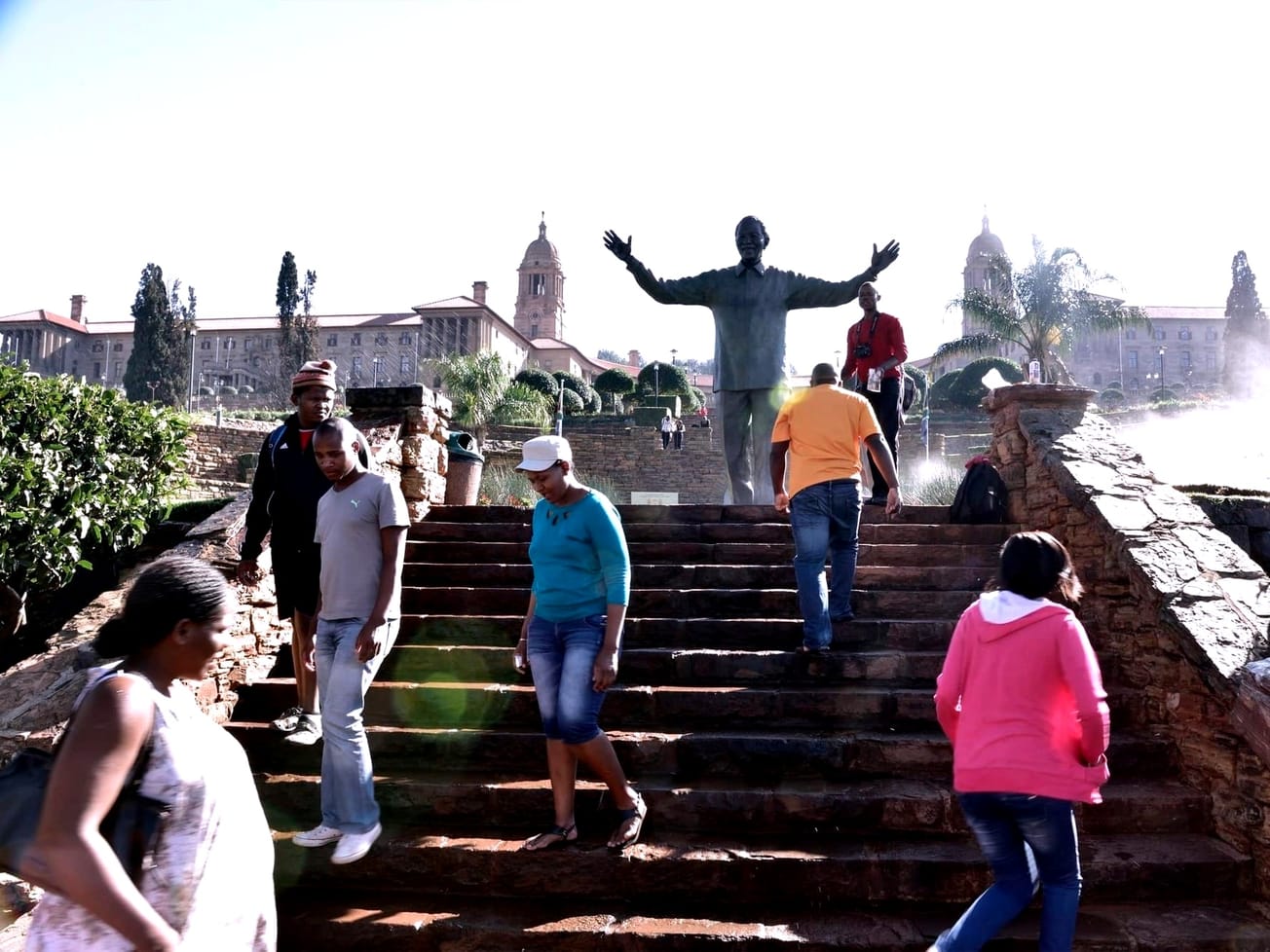GENEVA (AN) — Forget flattery. For international organizations, it's social media — some of it paid promotion — that will get you everywhere.
By the start of 2018, the governments of 92% of the United Nations' 193 member nations belonged to the Twitterverse. Their participation helped turn the social media platform into “the indispensable news wire” for international organizations, a PR firm’s global study concluded.








